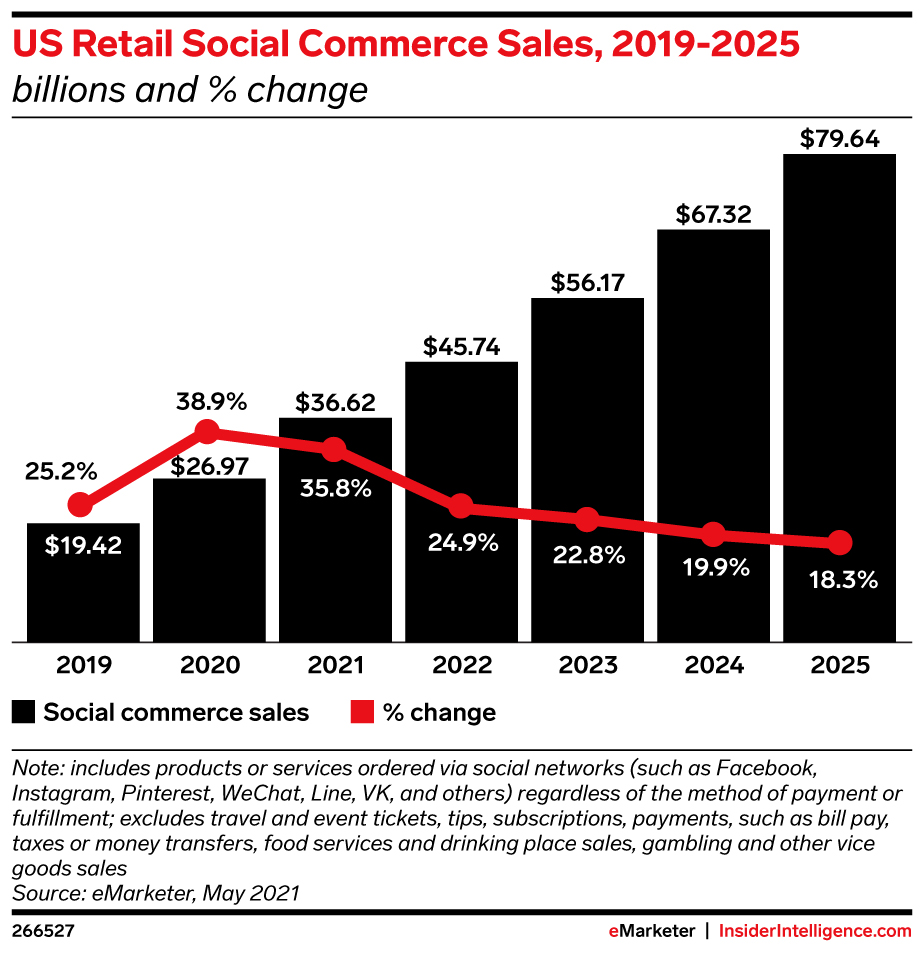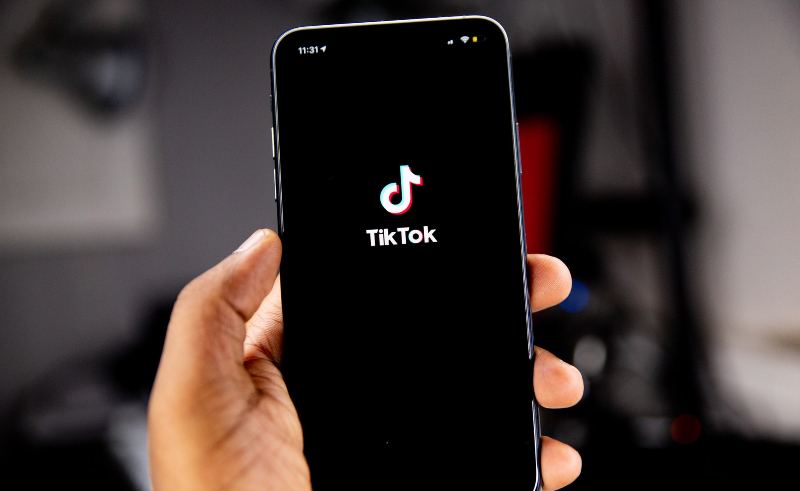The Impact of Social Media on Social Commerce
With each update of Instagram, the team brings their users new and more innovative ways for creators and businesses to grow and share their content on the platform. For instance, in August 2014, business profiles were launched, allowing businesses to officially promote their brand, services, and goods. Now, thanks to the update in November 2016, Instagram users can participate in social media shopping by buying an item off a brand in just a few clicks from the app itself. This feature allows for social commerce and is a segment of e-commerce.
E-Commerce

E-commerce is the online shopping experience in which a person shops through a website or the brand’s app. Usually, this process looks like a person accessing the store online, viewing the products, checking out, then completing their purchase. Additionally, compared to social commerce, e-commerce applies more digital ads, social media content, and other marketing strategies in order to direct customers to their online store. A problem, however, is that some users will abandon their cart or completely lose their interest due to some extra steps in the purchase journey. Social commerce has made that easier for customers.
Social Commerce
Social commerce, a segment of e-commerce, is a social media shopping experience in which a person shops with brands through social platforms. It allows users to directly checkout from these platforms, and in other cases, users can also be directed to the brand’s product page where they can also complete their purchase at. With the high increase of social media users over the years, social commerce has grown significantly and will continue to do so.

Insider Intelligence, a digital market research company, observes that the social commerce market has grown enormously, from a steady rise in 2017 to a high increase during COVID-19 in 2020 to 2022. They have represented their observations and results in the bar chart above. As implied, Insider Intelligence also expects social commerce sales to follow the trend and continue to increase throughout 2023.
Instagram & Facebook

It goes without saying that Instagram and Facebook are the top social media platforms today, followed by TikTok, Pinterest, and SnapChat. Each platform, although similar, attracts different types of audiences and has a unique purpose, allowing businesses to choose which platform will benefit them the most.
Instagram, for instance, is the ideal platform for businesses to promote their brand imagery while they gain sales. With the ability to create stories, update the product page, and other features, active engagement can turn into higher sales. If a business does not have active engagement, however, and are a small- or medium-sized business, they can focus on selling their products on Facebook. This platform is very good with featuring products based on the customer’s preferences and search history when accessing Facebook Shops.
TikTok & Pinterest

Other platforms such as TikTok and Pinterest may not be up to par compared to Instagram or Facebook, but they still have their own benefits. TikTok has the ability to make users and brands go viral, but of course, this is not guaranteed. Instead, what TikTok can do for everyone is introduce the business to new potential customers by incorporating product ads into their For You page.
Pinterest on the other hand enables businesses to focus on their products rather than their reputation since the platform is more so used by customers for inspirational content. When businesses share their posts, they can create Product Pins, displaying the pricing and information of that product. As such, although the platforms may share similar features, each platform can attract different audiences and be used by different businesses to their advantage.
Their Impact

As a whole, these platforms have greatly impacted social commerce today and will continue to do so in the following years. Their unique advantages have played an important role in aiding many businesses gain sales over the years. With over a billion users active on social media, there are a lot of potential customers scrolling through their feed and finding something they like. With a few clicks as convenient as it is, customers will hop in and out of the checkout phase.
Some businesses have even partnered with digital marketing agencies to analyze which platform is the correct one for them. They also share ideas that will generate engagement, resulting in new potential customers to click on their product page. If your business is in need of a team like this, reach out to Bright Age and request a consultation today! We’re happy to share our knowledge, and work with you!







